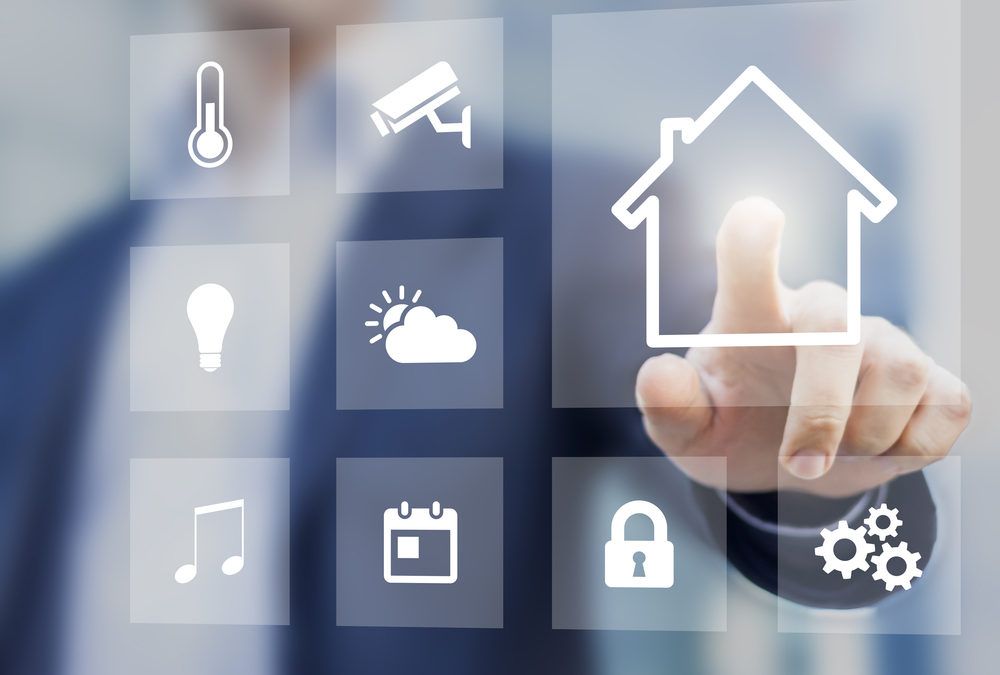
In recent years, we increasingly hear of energy savings, redevelopment and awareness of the use of energy resources. From the purchase of state-of-the-art electronic equipment to the use of home automation and smart energy solutions, the ultimate goal is always to make the best use of the energy resources available to us, to aim for greater respect for the environment and, above all , to greater savings in the bill.
Energy optimization can be guaranteed by the use of smart devices that aim to reduce consumption and, above all, to continuously monitor the uses that are made of the energy itself, allowing it to better evaluate how to optimize resources for a continuous savings. Every time we talk about energy, today we must also speak of carbon dioxide emissions and pollution: for this reason it is essential to be able to reduce consumption as much as possible. And always for this reason it is of priority importance to opt for devices that can ensure a control of consumption at home, whether they are related to electricity or gas.
Remote control and energy saving
When we talk about remote control we mean the possibility of managing a series of energy appliances even when we are not present at home. In most situations, remote control mainly affects heating systems, but it can also concern other types of equipment, such as specific appliances or alarms.
Whoever has a heating system that can be remotely controlled will be able to choose when to turn the radiators or air conditioners on and off and define the temperatures using specific apps. These solutions should not only be seen as comfortable, because they allow you to return home and find the warm apartment. They are above all solutions that ensure maximum energy savings, because they allow to turn on and off systems only when it is necessary so as not to consume electricity or gas unnecessarily.
Precisely to encourage the responsible use of energy resources, for several years it has been possible to request what is commonly called Ecobonus. This is a tax deduction that allows you to save percentages varying between 50 and 65% of the expense incurred to carry out very specific works, concerning the improvement of the energy efficiency of your apartment. Among these, there are also those that allow the installation of remote control devices for home systems.
Remote control devices for home and incentive systems
If you want to access the tax incentives related to the installation of specific devices for the remote control of home installations, it is necessary to know which are the interventions covered by the Ecobonus and which are the maximum expenses, terms and deadlines. All the information is reported in the Handbook of Enea, as well as in the detailed Ecobonus Guide issued by the Revenue Agency.
The first useful information that can be obtained is surely that relating to the amount of deductions, which can reach 65% of the expenses made. This percentage includes all the works necessary for the installation of devices for remote control of air conditioning and heating systems, as well as those concerning the production of hot water. Also included are any masonry works and interventions for the commissioning of the control devices.
The ability to access tax incentives also depends on the dates on which the work is done. All expenses dated between January 1, 2016 and December 31, 2019 and concerning the installation of devices for remote control of energy plants are included in the Ecobonus. These include, as already highlighted, the air conditioning systems and the heating or hot water production systems. Therefore, remote control systems for other types of devices, such as those for the control of roller shutters, audio and video systems, or for switching on and off cleaning appliances (washing machines or dishwashers) are not included in the Ecobonus.
One of the most important aspects regarding the 65% deduction for the installation of devices for remote control is that there is no maximum spending limit, unlike what happens instead for other types of intervention.


